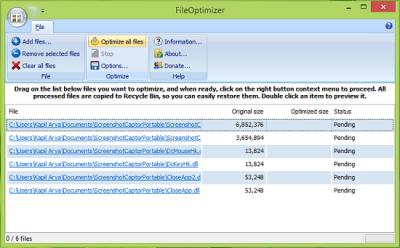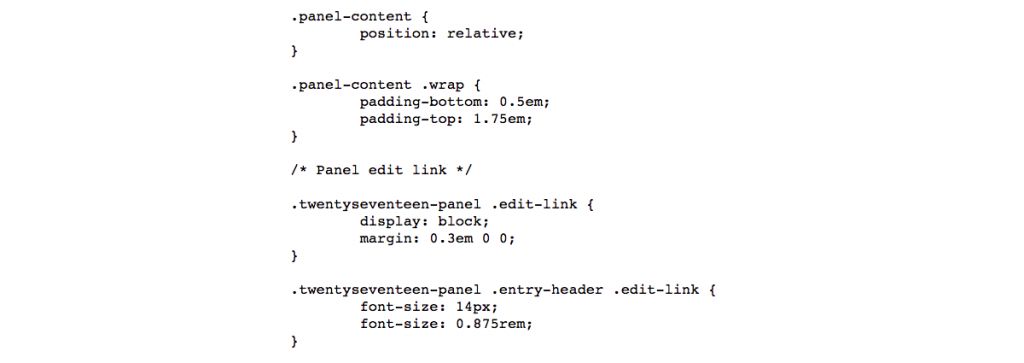

It decreases the latency to the user where they are located by serving your images from a POP physically closest to them. Using a Content Delivery Network like Ke圜DN, or what we also call an image CDN, is one of the easiest and fastest ways to speed up delivery of images.

Ke圜DN's Cache Enabler plugin is fully compatible with the HTML attributes that make images responsive. If you are running WordPress, these are now part of the core since WordPress 4.4, so you don't have to worry about adding them. Now, adding the responsive attributes would allow the browser to select and serve the defined image when certain conditions are met: This allows you to further optimize your image delivery to improve the overall performance of your website or application.įor example, below is the markup for an image that would not be responsive: Responsive image techniques, such as the srcset, sizes, and media HTML attributes, allow different scaled images to be delivered based on the size and resolution of the accessing device. you could save 4.7 KB (30%) without losses. Optimus can be installed on any WordPress website.īy using Optimus you can also fix the following PageSpeed Insights optimization suggestion:īy compressing. This is useful if you want to store optimized images instead of using a real-time image processing service.ĭepending on the image and format, reductions in size of up to 70% are possible. Optimus allows images to be optimized and then stored. WebP conversion is supported with a paid license. This is a powerful WordPress plugin that can reduce the size of images without any visible loss in quality. Images are compressed with simple query parameters and will then be delivered by our CDN.Īlternatively, you can take advantage of smart image compression with the Optimus image optimizer. It allows comprehensive on the fly image transformation and optimization.

Our integrated image processing tool on our network is a great way to compress pictures for the web. In our in-house deep dive study, we found that 46% of the experts said that the number one priority should be image optimization. This means 44% of the average bytes per page, whether on desktop or mobile, are solely made up of images. Just how much of a website is made up of images? Well, according to the HTTP Archive, as of March 1, 2022, the median size of a Desktop page is 2,165.5 KB and the average mobile page is 1,974.1 KB. Alternatively, you can upload multiple resolutions of your images and serve the right resolution for the right media, as defined in custom CSS stylesheets. In other words, cropping images before uploading, which saves resources and keeps you compliant with the PageSpeed Insight guidelines. It is usually recommended that you upload images at scale. This can be a problem in a lot of content management systems such as WordPress or Magento, because theme developers tend to scale images down in responsive themes using CSS. For example, this would occur if an image being served has an original width of 1460 pixels but is being served at 730 pixels to fit in the container that it has been placed in. This recommendation refers to your images being scaled down from the original dimensions, either through CSS or an HTML attribute. You may have seen the following Google PageSpeed Insights optimization suggestion at one point or another when running a speed test:īy compressing and adjusting the size of. We can utilize scaling, compression, responsive images, Content Delivery Networks (CDNs), and choosing the best file format. When it comes to optimizing images for performance, we have many options at our disposal.
#Html optimizer free how to#
Though we usually write about how to optimize performance, today, we’re diving into alternate image optimization techniques for the web. These include, but aren’t limited to, speed, Search Engine Optimization (SEO), conversation rates, bounce rates, and others. When it comes to marketing your website, there are lots of different aspects to consider.


 0 kommentar(er)
0 kommentar(er)
